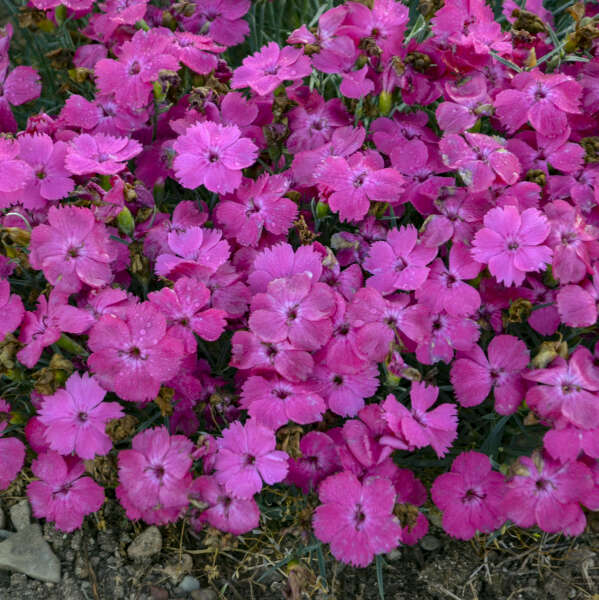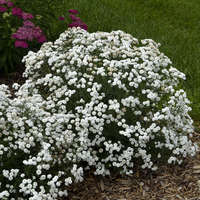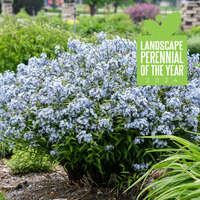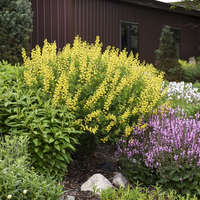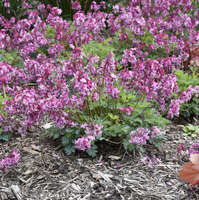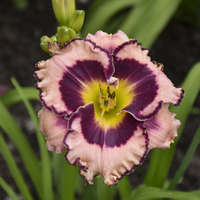Dianthus 'Pinky Promise' PP35054

Common Name: Pinks
A low, wide plant perfect for mass planting along the front of the border. Soft fuchsia pink flowers completely cover the plant in late spring, with sporadic rebloom providing accent color through the rest of the year. Site in a location with full sun and loose, well-drained soil for the best performance. Notable longevity in the landscape compared with other single-flowered pink Dianthus.
In the carnation family, Dianthus cultivars deliver gorgeous single, semi-double, and fully double flowers. Singles tend to deliver more flowers while doubles are significantly larger, sometimes more than twice the size. Singles also tend to grow quicker and can appear like a carpet in the landscape at maturity.
